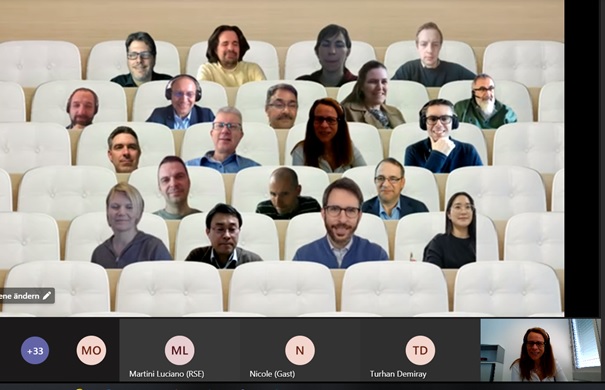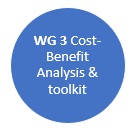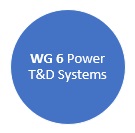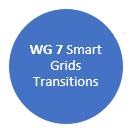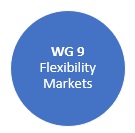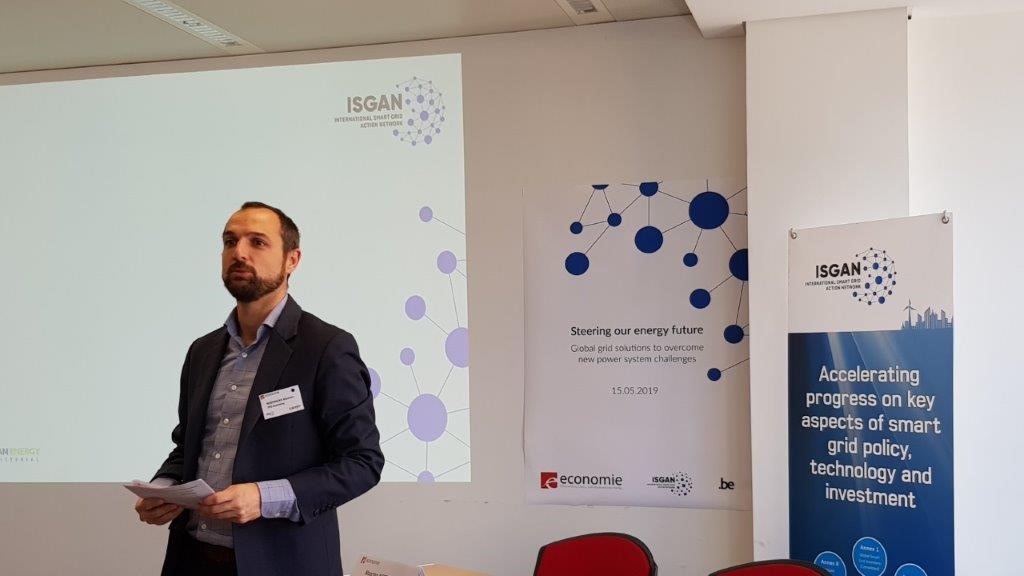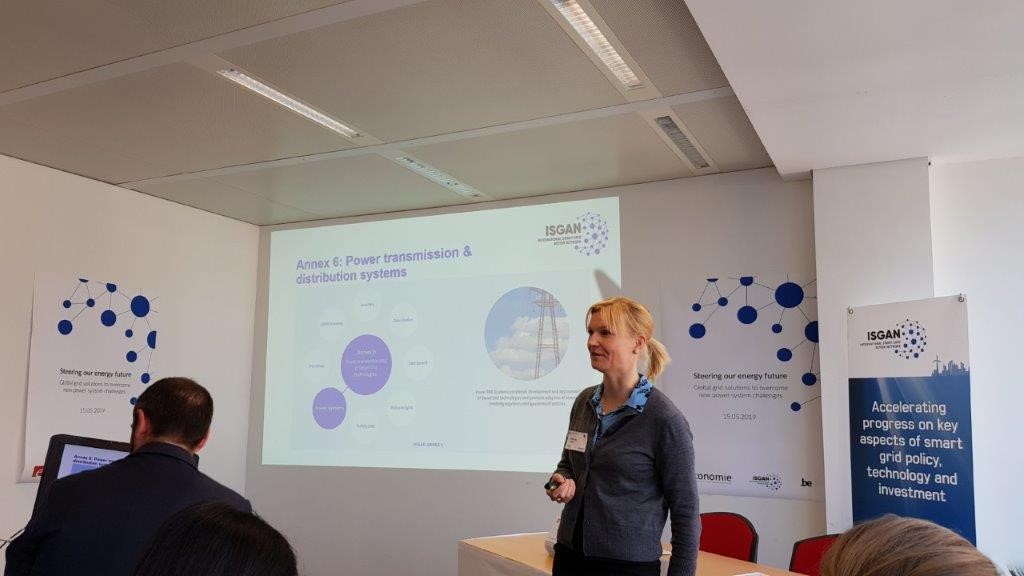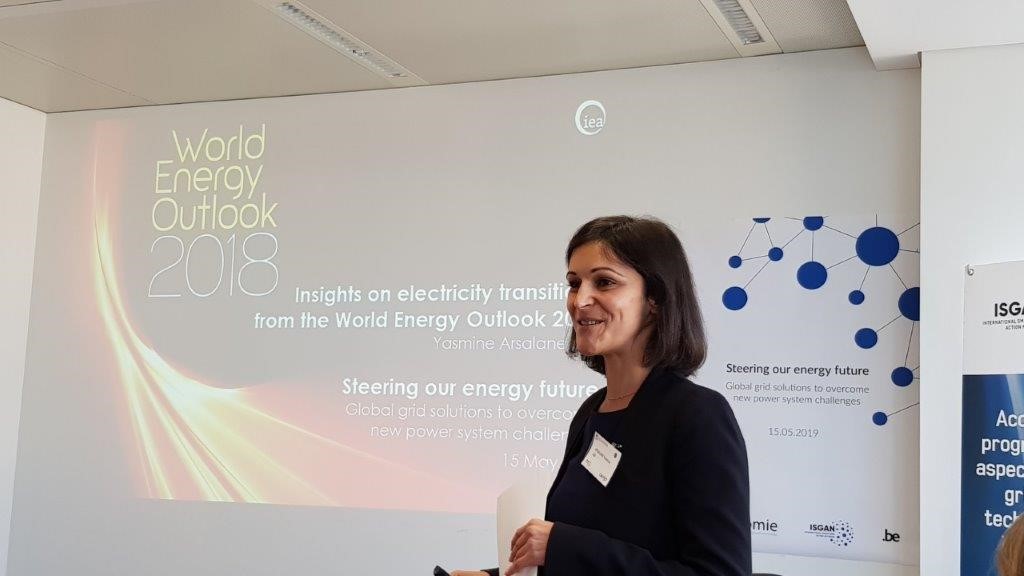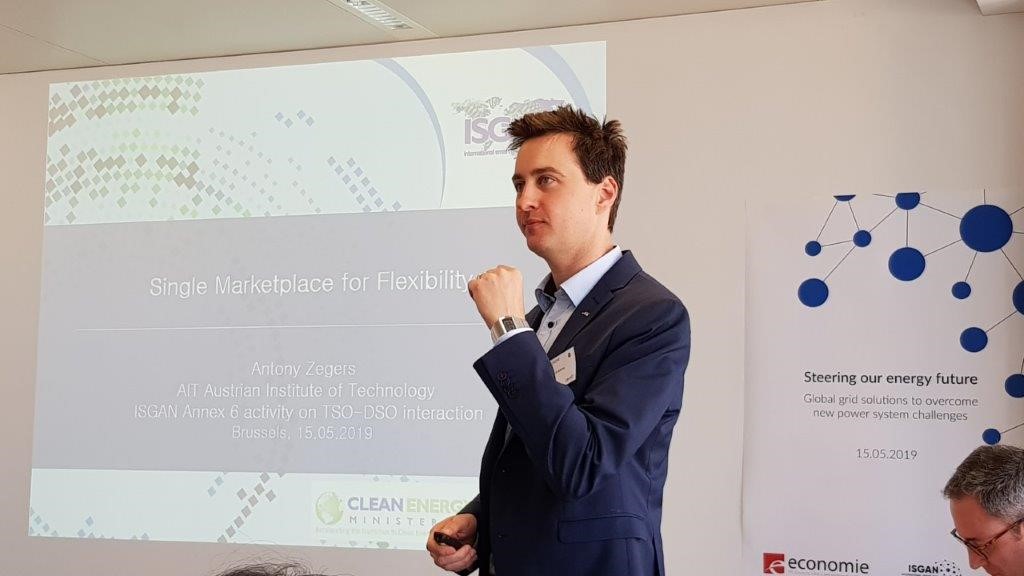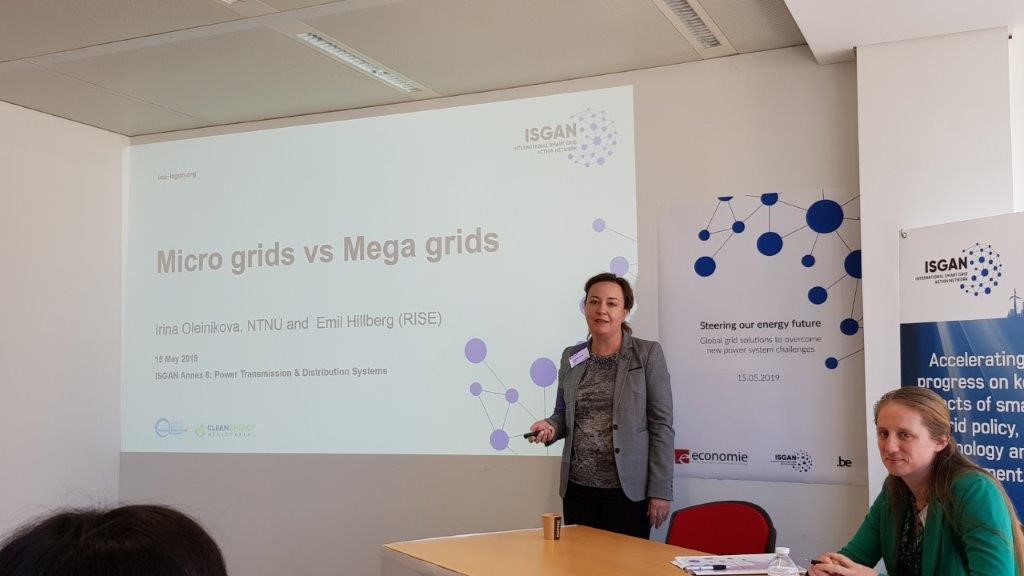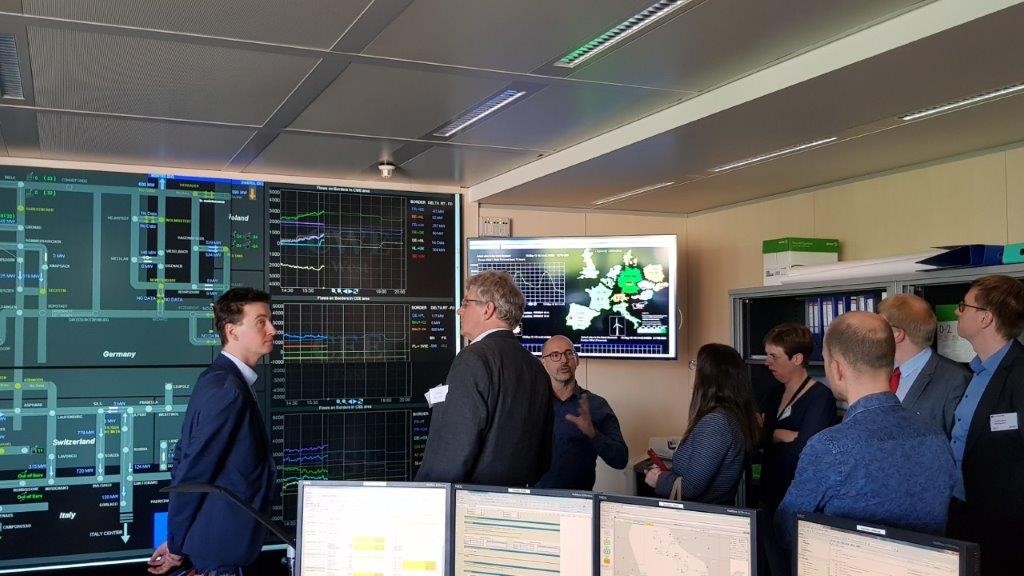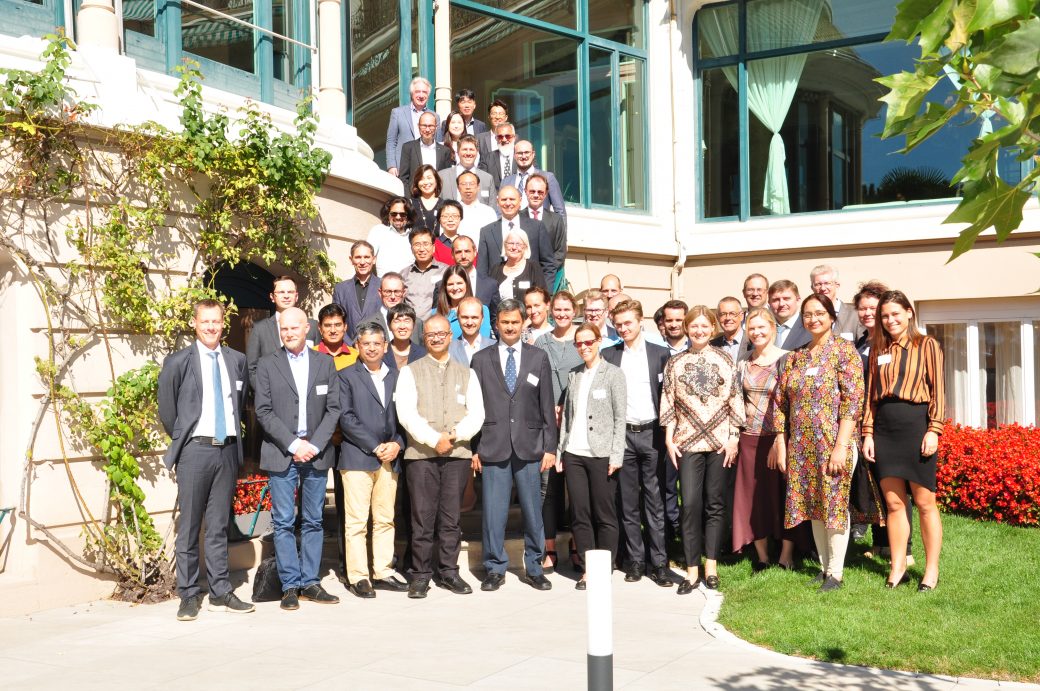For Task I, the report goes through several maturity frameworks available, especially those of Software Engineering Institute (SEI) and Katholieke Universiteit Leuven (KUL). The SEI has developed a management tool that can be used to measure the current state of a smart grid project, aiming to help utilities to identify the target and build proper strategies to reach it. The tool, Smart Grid Maturity
Model (SGMM), utilizes a set of surveys called Smart Grid Compass. The drawback of this tool is the undocumented scoring method of the surveys once a result is obtained. Full assistance of an SGMM Navigator is required for the utility to understand and analyze the SGMM output. Meanwhile, the KUL introduce the characteristics, categories and key performance indicators of a smart electricity grid. The previous report also includes own survey methods developed by Annex III, although there has not much of progress after that.
For Task II, an extensive update of the BCA survey has been provided in the previous report. It started with various frameworks related to BCA, which include Frontier Economics and the Smart Grid Forum (SGF) in UK, Smart Grid Investment Model (SGIM) of SGRC, I
MPLAN Model, McKinsey Tool, and general overviews of EPRI’s methodology to BCA and its subsequent developments by DOE and JRC. After that, several BCA applications to country-specific or states cases are summarized. Some of the surveyed countries are Czech Republic, Netherland, Lithuania, Denmark, and USA states. For the comparison purpose, the summary for each case is carried out following some key points: background of the smart grid project, the methodology or toolkits used, the scope of the project (location, period, technologies), the list and definition of benefits and costs, and deliverables (results, recommendations, policy andregulations). The 1st year’s work of Task II can be compared with the previous year’s work in the sense that how EPRI guideline has any impact on the work development of JRC and DOE frameworks, especially for the Smart Grid Computational Tool (SGCT), a BCA toolkit that is developed by US DOE. This report summarizes the findings from the previous works with the focus of selecting the benchmark smart grid tool kit for the development of own ISGAN tool kit for member countries.
For Task III, a simplified cost-benefit analysis tool is being developed taking SGCT of DOE as a benchmark tool kit, based on the previous year report on the development plan of ISGAN member countries’ toolkit. A standalone program based on Object Oriented Programming (OOP) is now being developed replicating, revising and upgrading the currently available excel-based SGCT. As will be discussed, this tool kit has various advantages over other tools: First, this tool is open to public and anyone can take a look inside of the model deep enough to examine the visual basic application modules. JRCEU, McKinsey models were once discussed in Annex III before for any potential utilization for ISGAN member countries’ tool kit. However, members acknowledge the fact that JRC works on excel based format and there seems to be not much difference between JRC’s work and DOE. The difference lies in the fact that JRC never opened up the details of the functionalities and sample calculation of BC in their whole work process. McKinsey software was discussed but it is not open to public. Rather it is a commercial package with no specific advantage over to SGCT of DOE. Detailed engine is not fully explained and the scope of the analysis the tool kit provides does not seem to be very useful (Nigris 2012, Kim 2013). The new tool kit being developed is named for the time being as ‘Replicated Tool Kit’ for convenience. Through the replication process, a lot of details have been identified, which, otherwise, would not have been known to us. Many of the parameters utilized in the process of benefitcalculation may be required to be collected from outside, reflecting the region specific characteristics. Some of the default values provided by SGCT, although they are from USA case (refer to Appendix), may also be useful until those detailed information becomes available for ISGAN member countries even when they don’t have them.
In addition, there a at least 12 smart grid projects currently being conducted in USA (refer to III.2.24), and those projects are starting to produce some detailed information which might be potentially utilized by current SGCT. Not only those advantages, there are many interesting researches being conducted around the world and the work results could be very useful sources of updating this replication effort in the future, once this replication process allows us to identify the pros and cons of the current model. The last chapter of the Expansion of Smart Grid Computational Tool is the wild idea of what could be accomplished in this whole process of simplified own ISGAN tool kit for member countries. Some of the ideas for the tool kit development become clearer as the process of the replication progresses. By the time of the completion of this year’s work, we hope to have a very concrete idea on how to proceed to further develop this current work in the future for the benefit of every member country in ISGAN.
